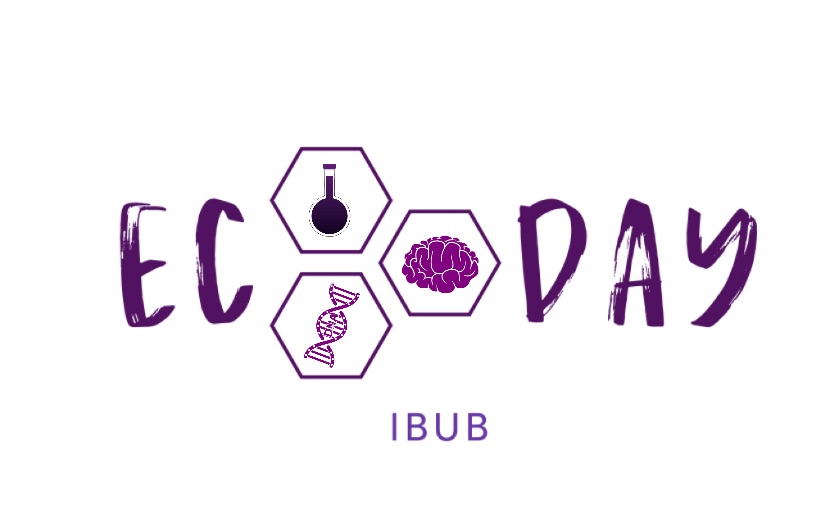A new study published in the journal Nature Genetics highlights the involvement of the intestine nervous system cells in Parkinson’s disease and it suggests the disease could be originated in this organ. Moreover, conclusions state that oligodendrocytes -brain’s supporting neurons- are affect early.
The study puts emphasis on knowing the affected cell types in disorders such as Parkinson’s, a neurodegenerative disease with cognitive and motor affectations.
Among the participants in this international study are the lecturers Bru Cormand and Raquel Rabionet, from the Faculty of Biology and the Institute of Biomedicine of the University of Barcelona (IBUB), the Research Institute Sant Joan de Déu (IRSJD) and Rare Diseases Networking Biomedical Research Centre (CIBERER), together with lecturers Fernando Fernández Aranda and Susana Jiménez Murcia, from the Faculty of Medicine and Health Sciences, and members of IDIBELL, the Bellvitge University Hospital and the Physiopathology of Obesity and Nutrition Networking Biomedical Research Centre (CIBERobn).
Regarding Parkinson’s disease, as expected, they found affectations in dopaminergic neurons, but they also find alterations in enteric neurons, which suggest the disease is related to the intestine. The study, led by Karlolinska Instituet and the University of North Carolina, combined knowledge on human genetic analysis with known patterns of gene expression in each cell type in mice.
Reference article:
Julien Bryois, Nathan G. Skene, Thomas Folkmann Hansen, Lisette J. A. Kogelman, Hunna J. Watson, Zijing Liu, Eating Disorders Working Group of the Psychiatric Genomics Consortium, International Headache Genetics Consortium, 23andMe Research Team, Leo Brueggeman, Gerome Breen, Cynthia M. Bulik, Ernest Arenas, Jens Hjerling-Leffler & Patrick F. Sullivan “Genetic Identification of Cell Types Underlying Brain Complex Traits Yields Insights Into the Etiology of Parkinson’s Disease”. Nat Genet., 2020 May;52(5):482-493. doi: 10.1038/s41588-020-0610-9.
UB New [+]



